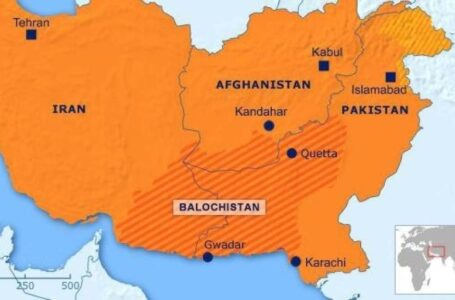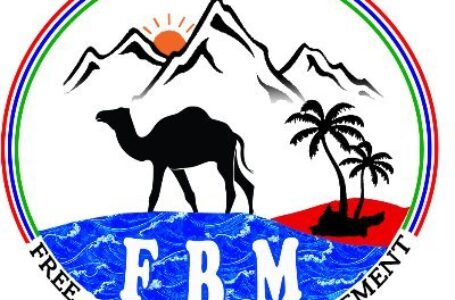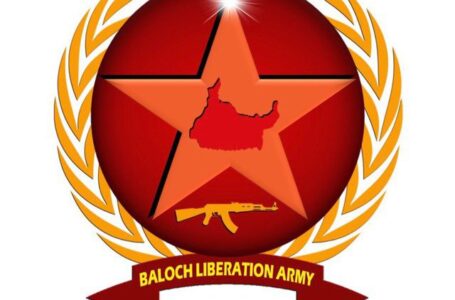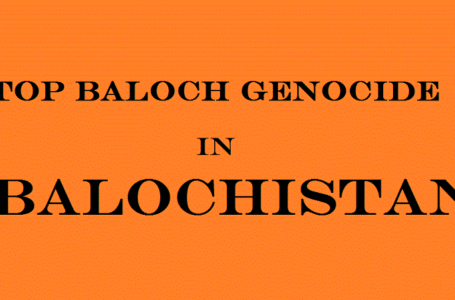Indian State Should Focus on Unconventional Methods: Jamal Nasir Baloch
Occupation of Balochistan: A Tale of Brutality and the Struggle for Freedom
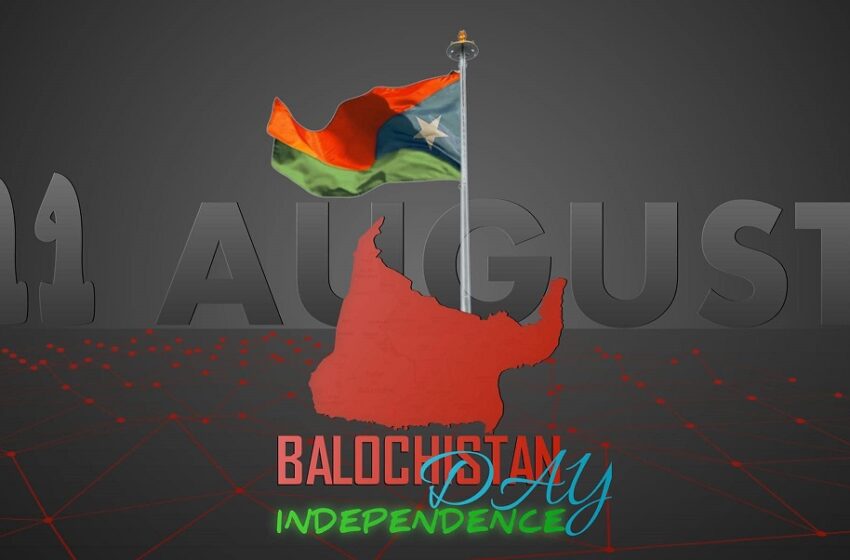
By Bilal Marri Baloch
Balochistan is not just a region on the map; it is a land of dreams, a cradle of culture, and a home to a people whose identity is intricately woven into its mountains, deserts, and shores. For decades, many foreign invaders unsuccessfully tried to occupy this land, but the Baloch nation resisted and thwarted all attempts. The Baloch also never allowed foreign invaders to use their land against neighbouring nations, especially Afghanistan.
In 1839, when Mir Mehrab Khan refused to allow the British to attack Afghanistan via Balochistan, it angered them. On November 13, 1839, they attacked the capital of Balochistan. The Baloch resisted with whatever they had, rather than surrendering to the British. It was an unequal battle, as the British were heavily armed while the Baloch were nearly empty-handed. Mir Mehrab Khan, along with his comrades, embraced martyrdom in that battle.
From then on, the British began plotting to divide Balochistan. They later drew the arbitrary Goldsmid and Durand lines, dividing Balochistan into three parts. The western part—now Iranian-occupied Balochistan (IoB)—was given to Iran, while the eastern part—now Pakistan-occupied Balochistan (PoB)—remained under British control until 1947.
This was the period when British colonial forces conceded their defeat in the face of Indian resistance and decided to withdraw from the subcontinent. The British had already schemed to divide India under its colonial policy of “Divide and Rule.” However, before leaving, the British recognised the independence of Pakistan-occupied Balochistan (PoB) through the treaties they had signed with the rulers of Balochistan over the years. In the Treaty of 1876, the British promised to support Balochistan in case of any foreign attack.
Betrayal of India and the Occupation of Balochistan
Before the British left the subcontinent in 1947, they recognised the sovereignty of Balochistan by signing a tripartite agreement between Balochistan, India, and the newly formed state of Pakistan. Balochistan declared its independence on August 11, 1947, Pakistan on August 14, and India on August 15, 1947—thus, three independent countries existed at the time of the British withdrawal. Even though India was betrayed and partitioned in the name of religion, the Indian people were pleased to be rid of British colonial forces.
After the division of India, the defeat of the British, the creation of Pakistan and the independence of Balochistan, Pakistan, with the help of the British and driven by its geopolitical greed, swiftly moved to absorb Balochistan. Initially, Pakistan suggested that Balochistan join it based on shared religion, using the same argument that had divided India. However, this notion was unanimously rejected by both houses of Balochistan’s Parliament—the House of Lords and the House of Commons.
Subsequently, Pakistan forcibly occupied and fraudulently annexed Balochistan through brutal military action in 1948. The British did not honour their treaty with the Baloch and failed to support them during Pakistan’s foreign invasion. Pakistan’s ambition to occupy Balochistan grew with the realisation that Balochistan was not only home to vast natural resources including gas, oil, copper, Coal, Marble and gold but also served as a vital link in the country’s economic goals, particularly concerning China and the wider Middle East.
Pakistan’s Iron Fist
The Pakistani state has never tolerated Baloch aspirations for freedom. The Baloch demand for independence has always been met with brutal military offensives, enforced disappearances and extrajudicial killings. From the early years of occupation, the Pakistani government deployed its armed forces in Balochistan, engaging in widespread suppression of any opposition to military dictatorship. In the 1970s, the Pakistani army unleashed terror through mass killings, bombings, and the razing of entire villages. This pattern of state violence continues to this day.
Moreover, the Baloch people have been robbed of their natural resources. While Balochistan is one of the richest regions in terms of natural wealth, its people live in dire poverty. The construction of the Gwadar Port, part of the China-Pakistan Economic Corridor (CPEC), has exacerbated this exploitation. The Pakistani state, along with Chinese interests, seeks to turn Gwadar into a strategic international port, but the benefits of this venture have failed to trickle down to the local Baloch population. Instead, they have been displaced from their ancestral lands, and their traditional ways of life have been destroyed by militarisation and infrastructural projects that serve foreign interests.
Iran’s State Terrorism in Balochistan
Iran, under the Pahlavi dynasty and later the Islamic Republic, pursued its own goals in Iranian-occupied Balochistan. Iranian authorities, historically wary of Baloch nationalism, sought to suppress any attempts of independence, fearing that such movements would embolden pro-liberation sentiments among other oppressed nation currently occupied by Iran.
Iran’s internationally proscribed terrorist organisation the IRGC (Islamic Revolutionary Guard Corps), the Al-Quds Force, and the Intelligence Department, have long viewed Baloch nationalism as a threat to the unity of the Iranian state. The government of Iran, whether under the Shah or the Mullahs, has maintained a policy of repression against Balochistan. Baloch activists, political leaders, and intellectuals who raise their voices against Iranian state brutalities in Balochistan are often detained, tortured and executed on trumped-up charges.
The brutality faced by the Baloch people in Iranian-occupied Balochistan is compounded by a fascist authoritarian state that seeks to undermine the cultural and religious identity of the Baloch nation. The majority of Baloch are Sunni Muslims, in contrast to the Shia-majority population of Iran. This sectarian divide has been exploited by the Iranian state to further marginalise the Baloch people. Iranian authorities have restricted religious freedoms, including banning the construction of Sunni mosques in Iran’s major cities and persecuting Sunni clerics who advocate for the rights of the Baloch people.
Iranian forces do not hesitate to open fire on unarmed civilians. The use of live ammunition to suppress peaceful demonstrations has led to numerous deaths. One recent example is the Zahedan Massacre, also known as Bloody Friday, where Iranian forces opened fire on peaceful protesters, killing more than 100 people on the spot and injuring around 300 others. Similarly, the atrocities of Shamsar and Khash are among the latest crimes of Iran against Baloch people.
Cultural Genocide and the Assimilation of Baloch Identity
Both occupying states, Iran and Pakistan, have pursued policies of cultural assimilation in Balochistan. The Balochi language, a core part of Baloch identity, has been suppressed in favour of the state languages—Persian in Iran and Urdu in Pakistan. In schools, universities, and the media, the promotion of Baloch culture and language is discouraged, while the state imposes its own narratives. This systematic elimination of Baloch culture is akin to cultural genocide, as it attempts to strip the Baloch people of their historical and cultural heritage.
Iran has already begun working on a plan to change the name of Balochistan, and it has appeared on several official documents that Balochistan’s name has already been removed.

